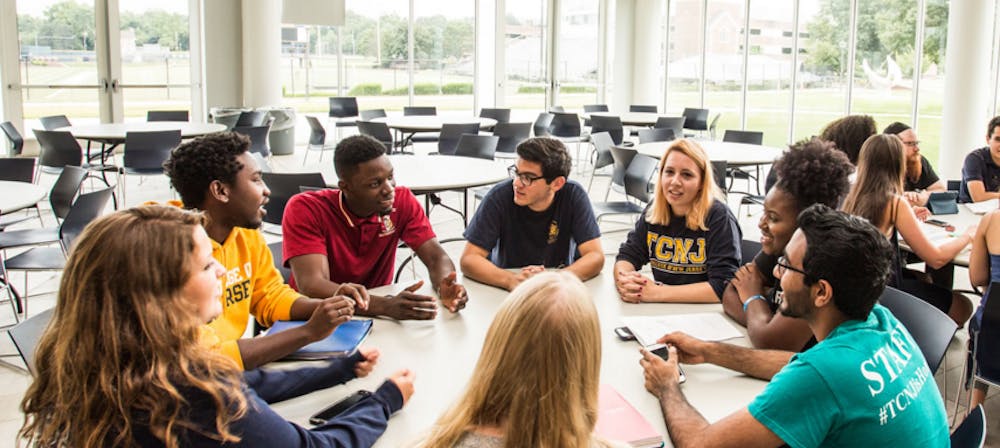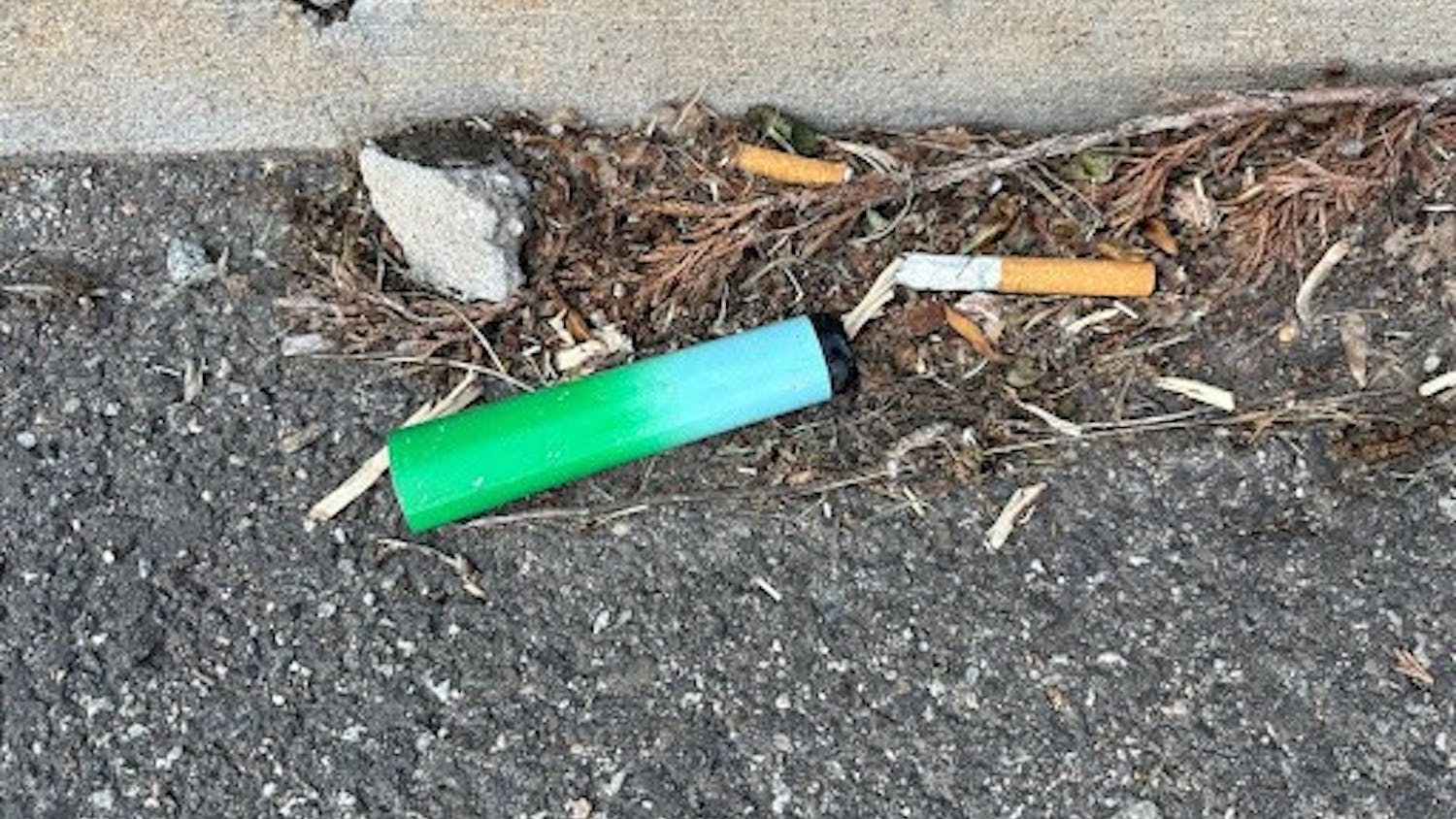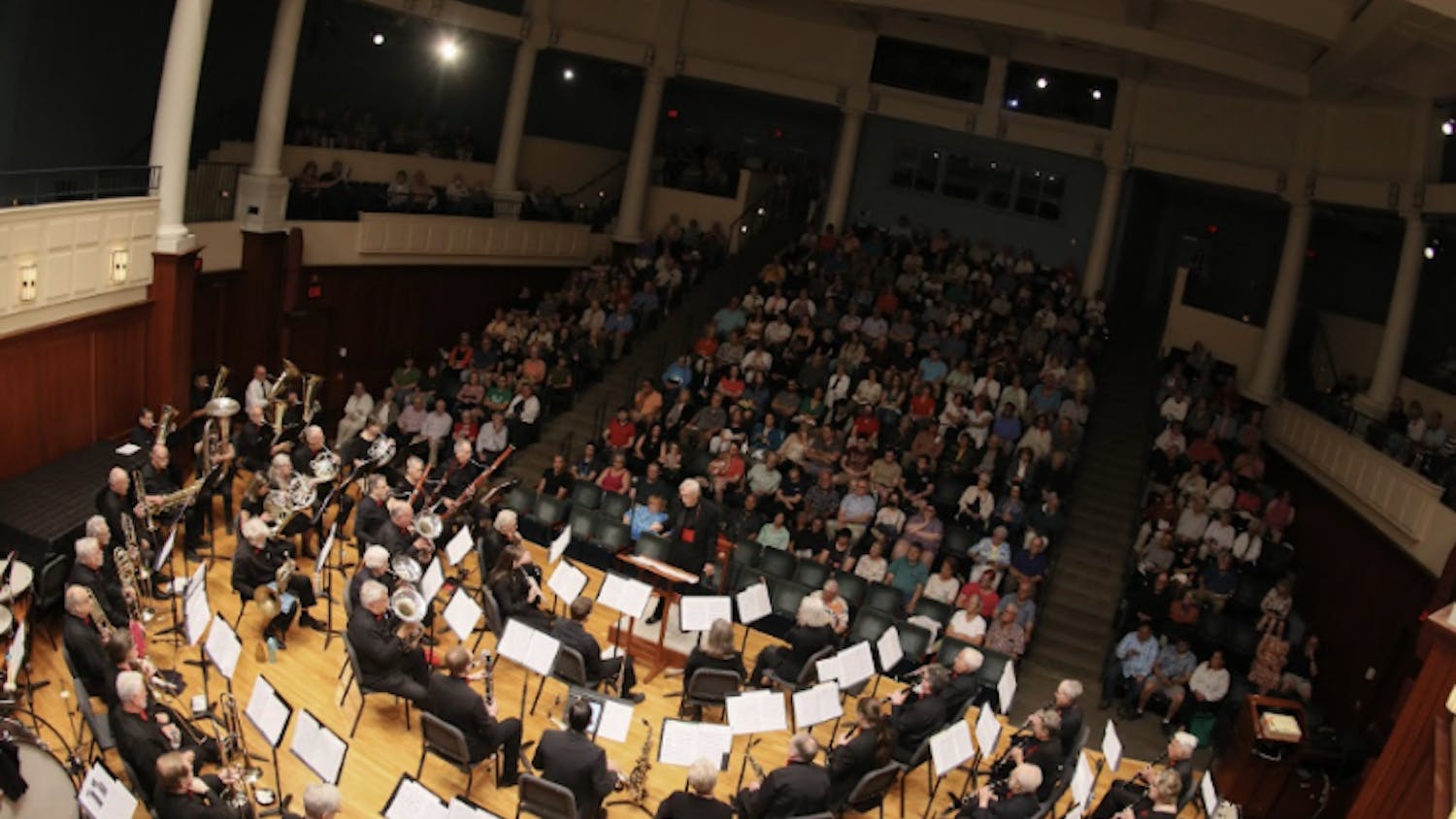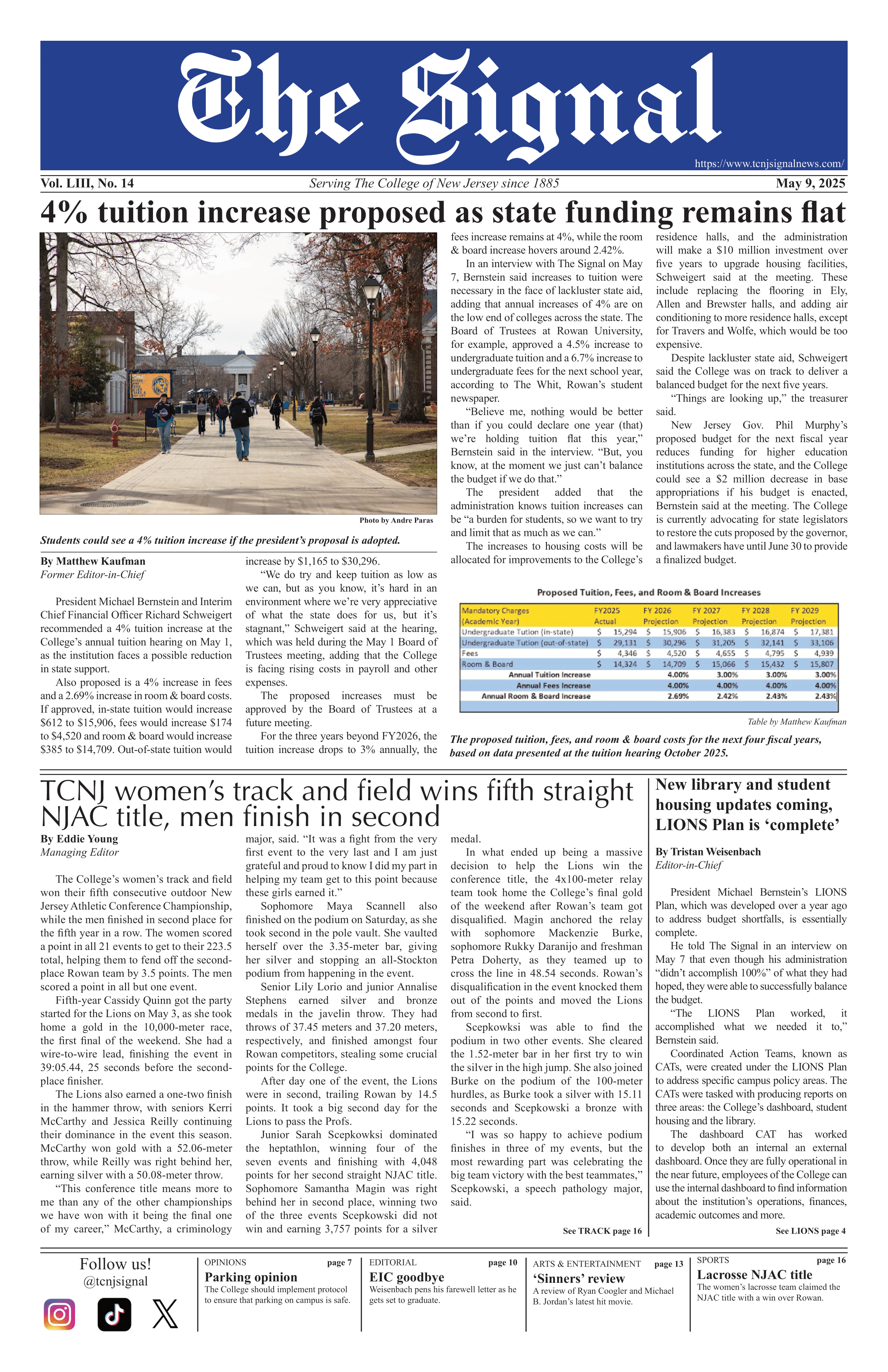By Micaela Soler
Correspondent
Freshman journalism and professional writing major Kelly Stephens remembers sitting in a circle with the students on her floor during Welcome Week, taking one look around the room and realizing she was in for a major culture shock.
Stephens is from East Orange, NJ, a town with a black population of 86 percent. The number of black students in this year’s freshman class? 83 students, or 5 percent.
“It was really uncomfortable because all I saw was white people, and there aren’t any white people in East Orange,” said Stephens. “It took a lot of getting used to.”
On a campus that promotes inclusivity and the acceptance of every student, all ethnicities are expected to feel safe and welcomed. The College is no stranger to being considered a primarily white-ethnic campus, with its freshman class being about 58 percent white, 17 percent Hispanic, 11 percent Asian and only 5 percent African American. The remaining 9 percent consists of Native Americans, non-resident/aliens, those with two or more races and those not reported. The disparity has caused ethnic groups in the minority to struggle with a heavy culture shock, which has proven to leave a deep impression.
Gabbie Dominguez, a Hispanic freshman nursing major from Camden, NJ, had a similar experience when she first came to the College. For the first time, she was surrounded by people who didn’t look like her.
“When minorities, or more specifically Blacks and Latinos, come to this school, there is a good chance they’ll feel the way I feel: out of place, because there is not enough of our people,” she said. “I remember that first day I asked myself, ‘Did I even come to the right college?’”
“At first I did feel very unwelcomed coming into TCNJ because no one looked like me and many people did not approach (me) as easily if I were white,” said Abigail Cruz, a Mexican-American sophomore biology major from Perth Amboy, NJ. “It was very difficult as a freshman to openly make new friends because not many people in my floor would want to engage in conversation with me.”
As the semester progressed, Stephens realized that being a minority at a predominantly-white institution, which is something her high school peers warned her against, would be a challenge in more ways than one. She shared that although it may seem trivial, one significant difference between her peers from home and at the College is a lack of spatial awareness.
“White people feel entitled to space,” she said. “It’s not just about saying ‘Excuse me’ when you are passing by — it’s about acknowledging that another person is there. Being here, people aren’t really acknowledging my existence and looking at me. It’s just been really weird.”

In its diversity statement, the College states its “commitment to inclusiveness means that the campus community will constantly evaluate college policies, procedures and practices to remove those barriers that may affect our ability to be a welcoming and safe environment.” Although it preaches these high standards, some minority students would argue that the College hasn’t done enough to make everyone feel comfortable.
Dominguez, one of the 287 Hispanic freshmen, feels that the goal should be “to have a balance — to not make anyone feel as if they don’t belong because they are not white.”
While some students have found groups of people where they blend well with, such as Cruz who found a home within Union Latina, an organization dedicated to celebrating Hispanic culture, others continue to struggle with a lack of comfort on campus.
“Many times I feel as though some people weren’t as friendly to me because they knew where I came from and that Spanish is my first language,” said Dominguez. “Unfortunately, it’s an ongoing thing.”
Although the College seems to be making the effort to heighten campus diversity, the unbalance within white and non-white students is still a highly noted observation within the minds of many students.
“Sometimes I feel like I have to censor myself,” Stephens said. “How I talk to my white friends isn’t the same way I talk to my black friends. I know that it could take a while, but I wish there were significantly more black people. Not that the amount is completely terrible right now, but it would just be so much nicer.”







